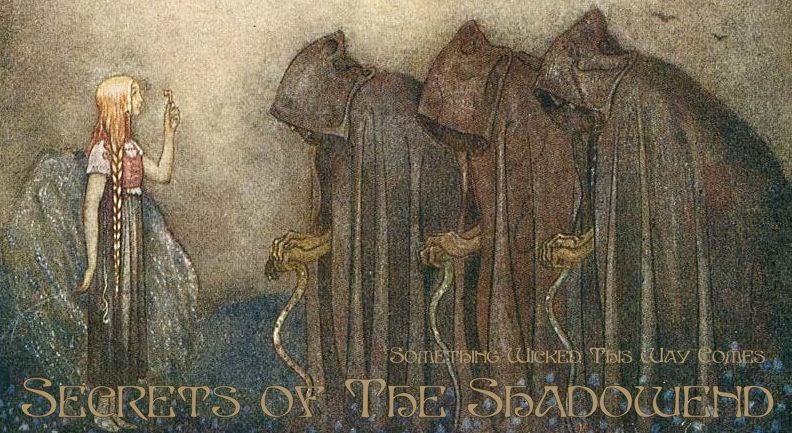Valco are a hardy race of bipedal goatlike humanoids. They are generally viewed as uncouth, untrustworthy primitives with no social graces and questionable intentions. The valco find these views flattering. They are also confrontational and aggressive, preferring to find employment whenever possible as mercenaries, soldiers, explorers, bandits, or some other martial endeavor. They are never wholly accustomed to the idea of asking before taking, though they eventually make an effort to conform to society most of the time.
Valco can see in the dark (darkvision) with a range of 60 feet. They have a +2 bonus to saves against poison and disease, and can, will, and do consume almost any organic substance without harm. If a valco can charge for at least 10 feet, they can make a charge attack with their horns that inflicts 1d8 points of damage.
Valco can be Assassins (5th level), Fighters (6th level; 7th level with a Strength of 15+), or Thieves (4th level).
1d6 Random Valco Characters
- A smuggler looking (1d4: 1-for a route under the mountains; 2-for places to store contraband; 3-to diversify into tomb robbing and grave goods; 4-to get out of town for awhile).
- A fledgling (kidling?) valco swordmaster is interested in testing his metal (literally) against monsters, rather than “civilized” opponents.
- A roguish valco has been trading on the resemblance, and reputation, of satyrs, and needs to get out of town to avoid some angry husbands (or wives).
- A former bandit is under a magical compulsion (geas, quest, oath, or similar) to behave in a “honorable and righteous” manner, and is trying to comply.
- A valco assassin has been hired to eliminate one of the party under very specific circumstances, but is considering switching sides for the right payoff.
- A former minion of an evil politician/wizard (now dead) has decided looting the secret dungeons of her former employer could be a profitable endeavor.











